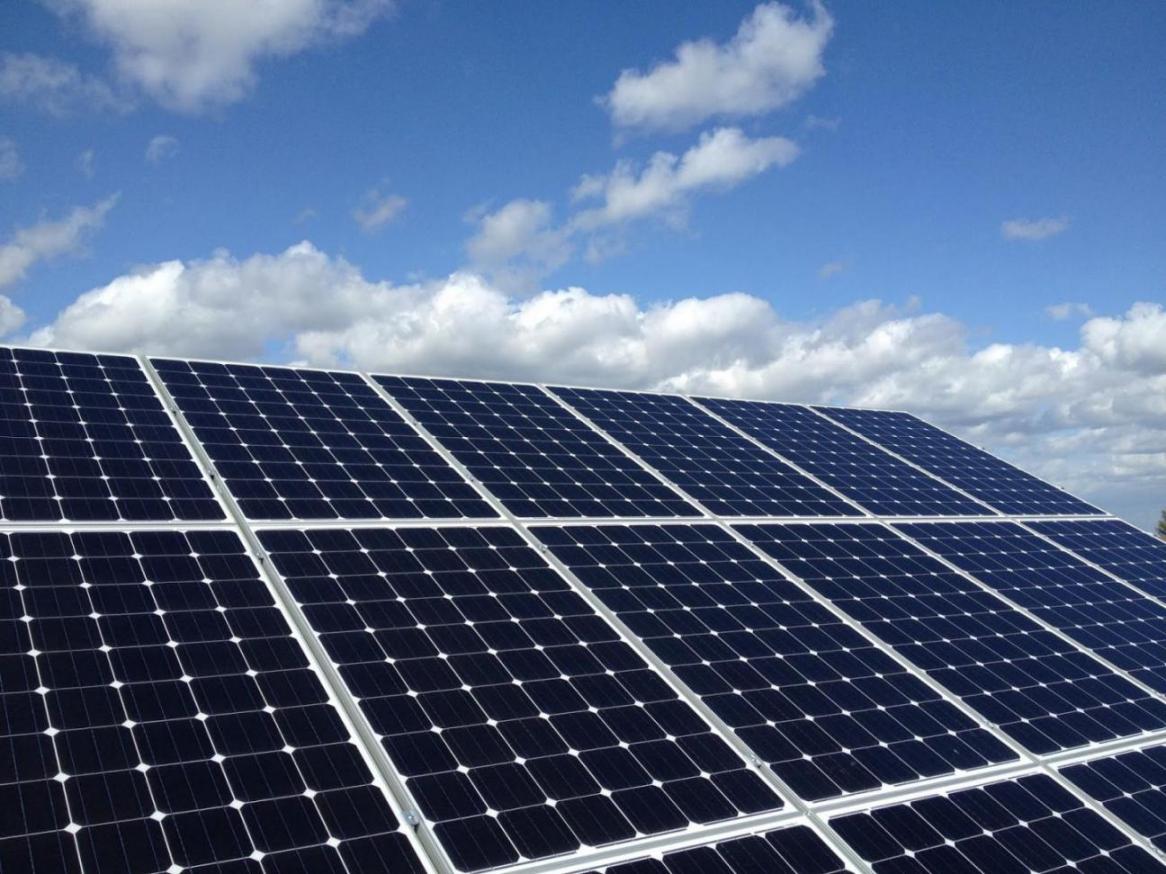Energy demand is expected to increase considerably in the coming years, particularly in developing countries as a result of population growth, economic development and rapid urbanization. This has necessitated a shift away from traditional fossil fuels to alternative renewable energy sources, such as solar and wind power.An article by Persian newspaper Forsat-e Emrooz investigates the economic feasibility of developing solar power.
Solar power is the conversion of sunlight into electricity, either directly using photovoltaics, or indirectly using concentrated solar power. Concentrated solar power systems use lenses or mirrors and tracking systems to focus a large area of sunlight into a small beam. Solar PV panels constitute the solar array of a photovoltaic system that generates and supplies solar electricity in commercial and residential applications.
Worldwide growth of photovoltaics has averaged 40% per year since 2000 and total installed capacity reached 139 GW at the end of 2013. In 2014, the International Energy Agency predicted that global solar PV capacity could supply 27% of global electricity generation by 2050.
Solar Technology in Iran
With about 300 clear sunny days a year and an average of 2,200 kilowatt-hour solar radiation per square meter, Iran has great potential to tap solar energy.
Solar panels were available in Iran since the 1980s but the technology was first used for power generation in the 1990s. Initially, the facilities were imported from leading countries in the sector, such as Germany, but domestic companies indigenized the technology in the 2000s.
In 2003, the Cabinet passed an approval, appointing Iran Renewable Energy Organization as the government body in charge of developing the application of renewable energies. Iran’s first solar power plant, using concentrating solar power system, became operational in 2009 in Shiraz with a capacity of 250 kW (kilowatt). The 110-kW capacity Elahieh Power Plant in Mashhad, the first phase of which became operational in March 2014, is the first large-scale solar power plant in Iran that uses photovoltaic system.
Currently many Iranian companies are active in the field of solar energy systems, offering services such as research, design and installation of solar panels.
Cost and Feasibility
A researcher at Gilan Science and Technology Park, Ali Ahmad Kasani points out that the cost of setting up a solar power plant is about $2,000-$5,000 for 1 kWh (kilowatt-hour) of capacity. This price excludes the cost of land required for establishing the plants.
The average capital return period for investment on solar power plants is estimated at about 2-5 years. Considering that solar panels have an average life of 25 years, investors are guaranteed to make reasonable profits. Moreover, while generating each kWh of solar power costs between 7-12 cents, it is sold at 15 cents, leaving a profit margin of 25 to 110 percent.
Nonetheless, investors are recommended to carry out a comprehensive feasibility study before establishing a solar power plant. Assessing the site’s potential for power plant construction and development, selecting the suitable solar power system and obtaining the required permits can take up to a year.
Use of solar panels for residential units in Iran is far less than that in other countries in the region, mainly due to the high installation costs and availability of cheaper alternatives. But with gradual reduction in cost of PV panels, the technology could become more feasible, particularly in the central deserts of the country.
The Iranian government aims to add about 5,000 MW of wind and solar power capacity by 2018, with at least 500 MW of this capacity coming from solar power. The Energy Ministry encourages private sector participation in achieving this goal through various incentives.
According to an industry source, the private sector in Iran supplies about 0.5 MW of electricity to the national power grid annually.
All the aforementioned points project a positive future for the solar sector, both in the domestic market as well as in exporting electricity or technology-related services to the neighboring countries.
Source: https://financialtribune.com


Georgia, for example, was the sixth-largest U.S. solar market last year with very little rooftop solar.